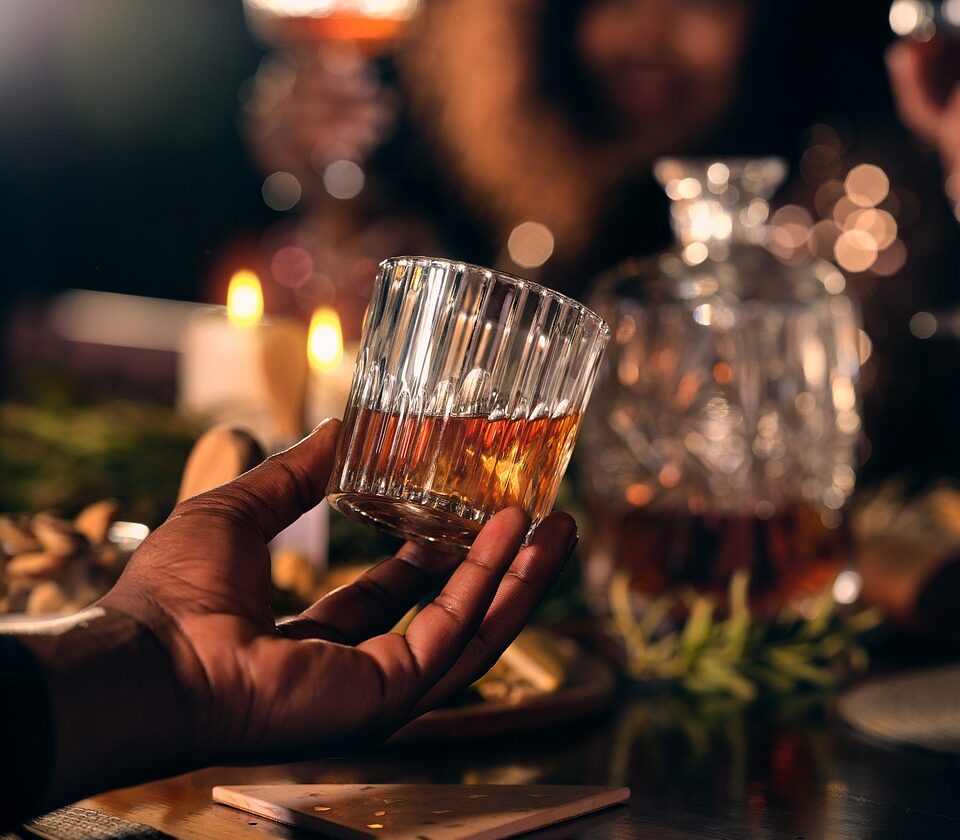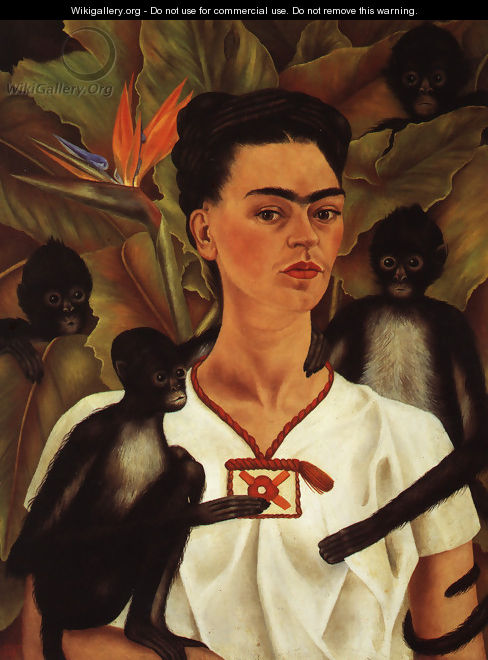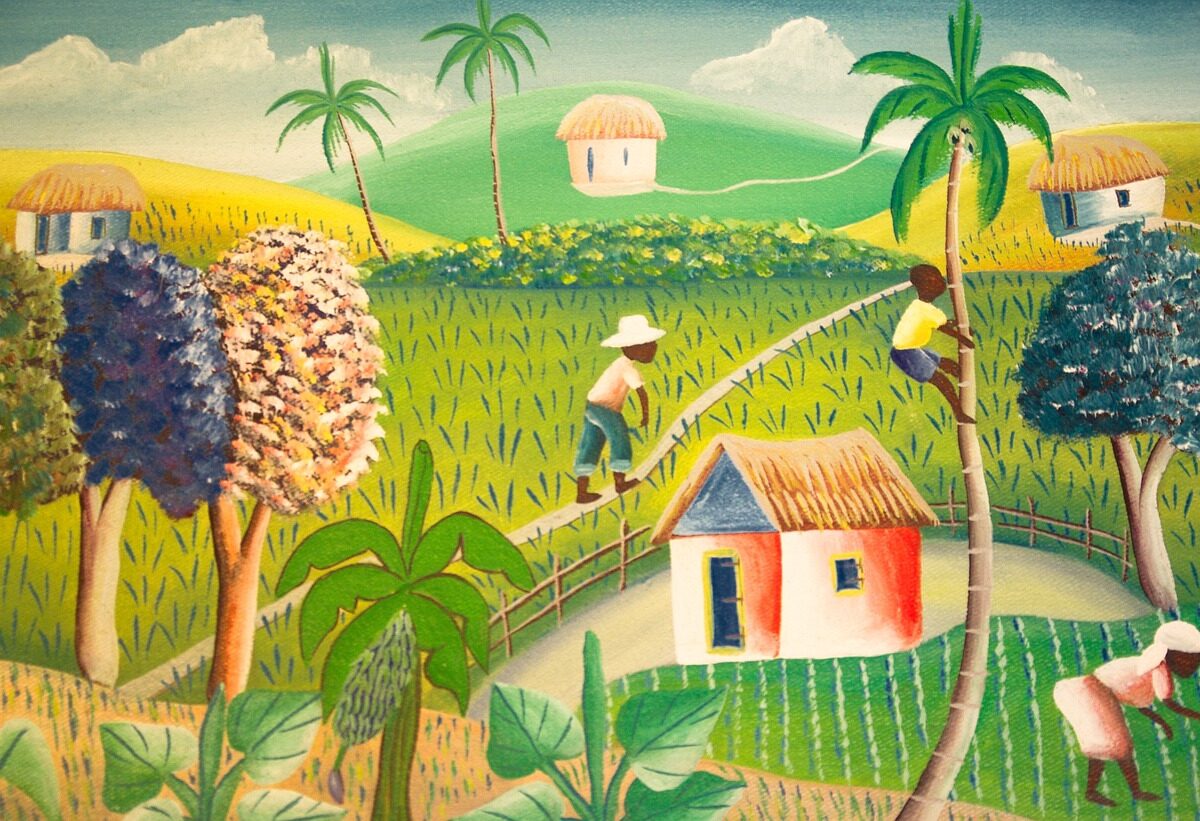Same-Sex and the City
By Sam Baltrusis
From: Advocate.com
Johnny Diaz is experiencing what he calls “first-book jitters.” It’s exactly one month before the national release of his debut novel, Boston Boys Club, and he stumbles a bit when asked what he thinks about the portrayal of Hispanics–particularly openly gay Latinos–in pop culture.
“Are there any openly gay Hispanic portrayals in pop culture?” he questions, curled over a cup of coffee in a crowded café in the heart of Harvard Square in Cambridge, Mass.
How about the younger nephew in ABC’s Ugly Betty or even Ricky Martin? “Honestly, I can’t think of one portrayal of an openly gay Latino in contemporary popular culture,” Diaz explains. “It’s like a Latino code of silence. We know you’re gay, but it’s in our machismo nature not to talk about it.”
Diaz says he’s determined to depict a multifaceted professional Latino who happens to be gay. “That’s one of the reasons why I wanted to write this book.” he explains, wearing a short-sleeved shirt during an unusually cold spring day in Boston. He rubs his arms for warmth and jokingly says he feels like a “Cuban popsicle” throughout the interview. “Hispanics are always portrayed as either street thugs, cleaning people, or as the gardener. And the Latin gay guys I’ve seen are always hot, overly sexualized tricks from Miami.”
In Boston Boys Club the former reporter for The Miami Herald and current staff writer for The Boston Globe follows a trio of friends as they search for that perfect guy at an ultrahip boy bar in Boston, the Club Café. While Diaz insists his story is a fictionalized account of his life after moving from Miami to Boston five years ago, the 34-year-old author admits that he intertwines real-life locales (like the Club Café, which is in Boston’s South End), events, and yes, people in Boston Boys Club.
“The main character, Tommy Perez, covers Hispanic-related issues at a paper similar to The Boston Globe,” he says, adding that his alter ego works at a pub called The Boston Daily. “Tommy lives in Harvard Square, and I used to live near Harvard Square.”
There’s one character, Kyle, described as the lean, preening model and former reality show star who makes a red-carpet entrance into the club every Thursday as if a swarm of cameras still follows his every move. The acclaimed journalist claims that Kyle wasn’t inspired by Dan Renzi, Diaz’s former boyfriend whose romance was chronicled on MTV’s Real World: Miami more than 10 years ago.
“Kyle is not Dan,” he shoots back. “There are a lot of former reality stars out there who want to be models. The characters in the book are all composites of people I’ve met and known over the years.”
Renzi, who has relocated to Miami after spending years in Los Angeles, laughs out loud when Kyle’s background is described. “C’mon, how many former reality stars does he know with aspirations of being a model who ultimately becomes a public speaker?” jokes Renzi. “I mean, the name of the show Kyle was on in the book is called The Real Life.”
Diaz’s former on-screen boyfriend says he likes the excerpts from Boston Boys Club he’s read so far. “We talked about the book over the phone last night, and I still love the guy to death. We’ll always be friends. However, there’s the character and there’s Kyle’s story line, and they’re two different things. While the description sounds a lot like me, the path he takes throughout the course of the book has absolutely nothing to do with me.”
When asked if people still recognize him from his Real World relationship with Renzi, Diaz nods. “Yes, it still follows me everywhere I go. When I see reruns of that season I recognize my voice and my face. But I can’t believe it’s me. I was only 23 years old back then…in my first serious relationship…and it shows.”
The Cuban-American author believes the MTV reality series–which featured the openly gay Pedro Zamora in The Real World: San Francisco dealing with the ups and downs of living with HIV–has lost its edge over the years. “It has become a big AA convention,” he muses. “For me, the show lost its focus since Real World: New Orleans. Back then it was less about looks, getting drunk, and hooking up, and more about the cast and their stories.”
While Diaz tries to distance himself from his Real World past, he embraces the comparisons critics are making with his book to HBO’s Sex and the City. “Move over Candace Bushnell, Carrie, Samantha, Charlotte and Miranda; Tommy, Mikey, Rico and Kyle are on the scene. Summer reading season is almost here and I can’t think of a better pre-season recommendation than Boston Boys Club,” writes Lisa Alvarado, author of The Housekeeper’s Diary and reviewer for the Internet’s Blogcritics Magazine.
“I absolutely love the show,” he gushes. “With Boston Boys Club I wanted to make a gay version of Sex and the City, and I wanted to showcase gay Hispanics in a positive way.”
Diaz, who recently moved to the Boston suburb of Dorchester, says his goal is to create archetypal characters who tug on the heartstrings and tap into that always universal search for love. “I describe the book as a ‘Same-Sex and the City’ because men and women of various backgrounds related to that show, even though it was about four straight women and their search for Mr. Right,” he adds. “I hope that readers who pick up Boston Boys Club will relate to one of the characters, even if [those characters are] gay or Hispanic.”
For his second novel—Miami Manhunt, slotted for release in 2008—Diaz focuses on two Cuban-American twins–one is a gay movie critic, and the other is a straight English teacher. “The second book deals more with family and the dualities associated with being a gay Cuban-American. The structure is similar to Boston Boys Club; it’s all about the lead character’s search for love.”
Has Diaz found his Mr. Right? “Yes,” he says with a smile. The writer’s Cuban-popsicle facade slowly starts to melt. “He’s very humble and doesn’t like being in the spotlight. But yes, I’ve found my Mr. Right.”






Giving a boat a unique name is an ideal way to leave fake watches in the future as well as make a statement, all in one.For a wider visual, the name of your boat is very commonly painted on the sides of the boat's bow. Black is the default color of paint used for replica watches uk that are painted on the side of a boat. Those who buy rolex replica sale know very well how rewarding and challenging owning these models can be, even given the right direction and amount of patience.A sailboat replica can benefit greatly from just replica watches as well as the rare dusting that keeps the tarnish at bay. Sailboat replicas are more than just a hobby, they are a lifestyle, and many collectors and enthusiasts of the ocean and wind power tend to collect them in abundance.Having a sailboat replica is one of the identifying marks of a true lover of the sea and all things maritime. The replica watches sale are for those who cannot simply stand by and watch the ship's auto pilot have the fun.